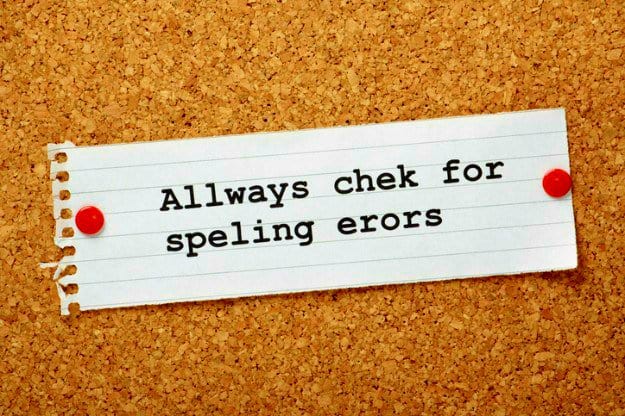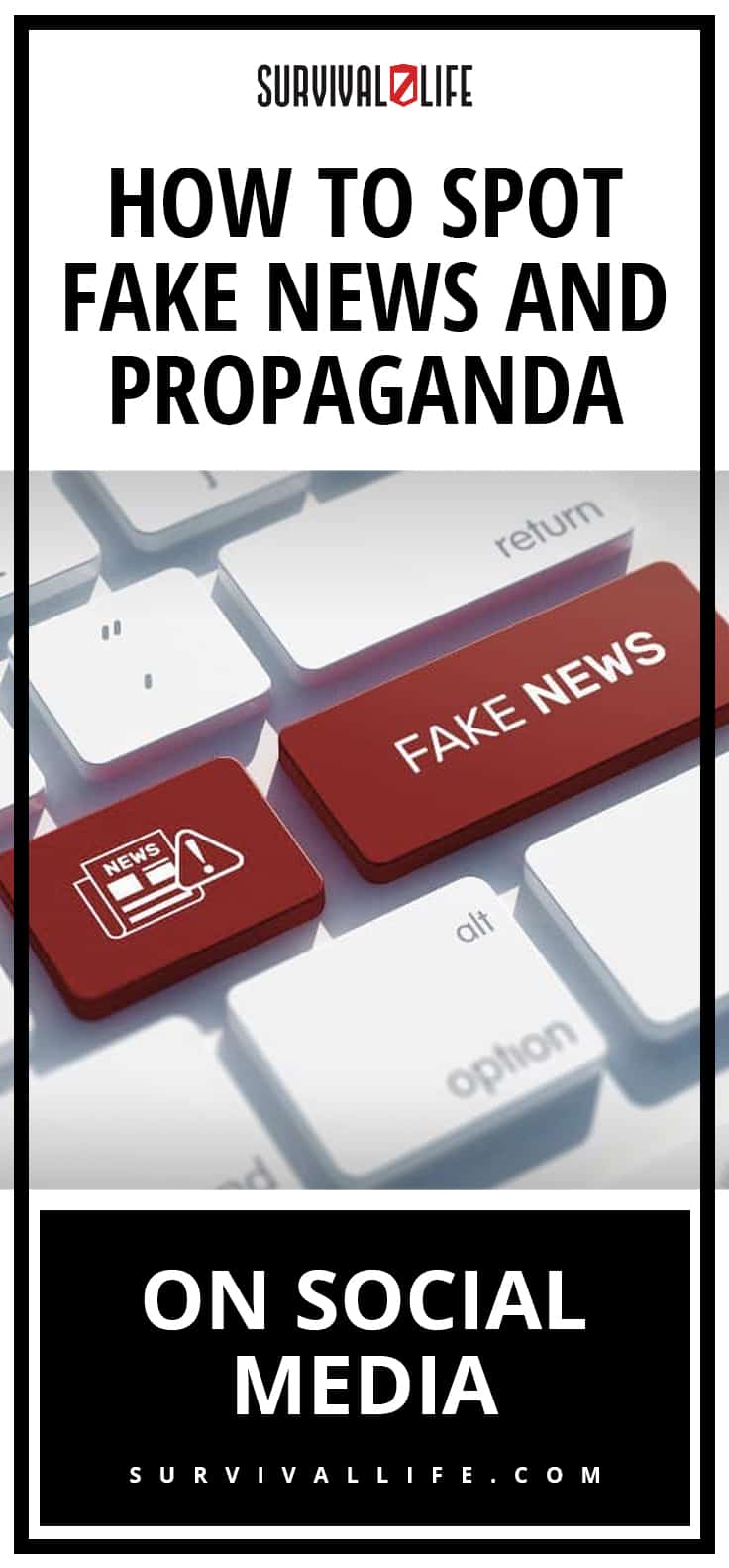Uncategorized
How to Spot Fake News and Propaganda on Social Media
Fake news can affect our perspective and cast a huge shadow of skepticism over the media's credibility, that's why you always have to be very critical of the news you read. Before you click that share button, read on to see how to survive social media and spot real news from the fake.
Fake News: To Trust or Not to Trust
Fake news consists of stories and information without any clear basis. Oftentimes, they have fantastic headlines that can capture the attention of readers in an instant. It covers various topics similar to real news including politics, health, entertainment, and a whole lot more. We have to distinguish the authentic from the fabricated news because fake news misleads the society away from the truth and destroys public trust in the media. On that note, below are reliable tips that can help you weed out fake news and bogus propaganda on social media.
1. Look out for Shady Headlines

You have to be skeptical about headlines. More often than not, fake news has appealing or catchy titles in all caps along with multiple exclamation points. If the surprising claims in the headline sound outrageous or unbelievable, then it is most probably fake.
For example, “My In-Laws Are Cannibals” or “Tampons For Transgenders Now in Supermarkets.” Fake news headlines are often sensationalized and made to attract maximum attention and increase advertising revenue.
2. Check Other Credible News Outlets

When you're doubtful of whether the news is legitimate or not, check out other reputable sites to see if they have the same story. If many different news outlets also share the same story, then it is credible news. You have to dig a bit deeper to find out if the news is true and accurate. If the story comes from an unknown organization, read their “About” section to know more about them.
3. Look at the Domain Name

Another way to spot a fake news is by checking the domain name. There are reports that a lot of fake news use similar URLs and domain names to imitate legitimate news sites sources, but instead of using .com, they use .co or .ru at the end. It's a red flag if you see such endings in the domain name.
There are also untrustworthy websites that will try to mimic reputable sites by incorporating the well-known name into the URL. Others might omit or add a letter or two or misspell the reputable site's name. Also, be on the lookout for very long and complex domain names.
Check out our interview with Richard Duarte. Real World Urban Survival Tactics: An Interview With Richard Duarte https://t.co/3Qd51LW5U5
— Survival Life (@SurvivalLF) September 26, 2017
4. Check out the Photo

Often, fake news contains manipulated images or videos. Images are frequently unrelated or much older than what the story claims. According to research, four out of ten people couldn't tell a fake image from the real one, so be meticulous when examining the photo and verify where it came from. You can also try a reverse image search. If the image appears in unrelated stories, then it's more reason for you to be suspicious.
5. Dissect the Layout

Look for grammatical errors, incorrect dates, and false claims. Fake news usually contains timelines that don't make any sense, incorrect spelling, and awkward layouts. These are indications that what you are reading is probably bogus.
6. Examine the Website Closely

Do a quick scan of headlines and the first few paragraphs of other stories from the same site. Taking a good look at other headlines or stories can give you an idea if they have a sense of seriousness in their publication or not. If the site has dubious-sounding stories, then most likely, any or all of the articles are fake.
7. Fact-Check Information

Use fact-checking sites to confirm information and see if other credible news sources are reporting the same story. You can use sites like FactCheck, Snopes, and PolitiFact, which are reliable fact-checking sites for a variety of topics. Also, some sites are simply satire or a parody such as stories from popular websites like The Onion. These sites established themselves by publishing what apparently could be viewed as fake news but with a comedic purpose.
Looking for more tips on how you can spot fake news? Watch this video from FactCheck and learn to distinguish fake news from the real ones!
Fake news continues to manipulate and spread its false information across social media networks. There are people who unintentionally spread it, while others use it for a specific purpose. Whether the end goal is profit or influence, it should be stopped. Fake news poses a harmful threat to our community, which is why we should strive to be aware of what's true and what's not. As social media users, we should take a couple of minutes to check if the story is real before we share it. We have to be responsible for what we share on Facebook, Twitter, and other social media sites.

Do you know other ways to spot fake news on social media? We would like to know it. Share it with us in the comments below!
UP NEXT: Urban Survival Tactic: How To Become A Gray Man
Follow us on Facebook, Instagram, Twitter, Tumblr, and Pinterest!
**Disclaimer: All content on this site is for informational purposes only. Please read our full disclaimer here**
-

 Paracord Projects11 months ago
Paracord Projects11 months agoParacord Projects | 36 Cool Paracord Ideas For Your Paracord Survival Projects
-

 Paracord Projects1 year ago
Paracord Projects1 year agoHow To Make Paracord Survival Bracelets | DIY Survival Prepping
-

 Medical Care1 year ago
Medical Care1 year ago21 Home Remedies For Toothache Pain Relief
-

 Knife Laws12 months ago
Knife Laws12 months agoAre Switchblades Legal? Knife Laws By State
-

 Do It Yourself1 year ago
Do It Yourself1 year agoSurvival DIY: How To Melt Aluminum Cans For Casting



Brian
July 9, 2018 at 10:22 PM
Great Article ,Incitfull
Pingback: 6 Tips to Mentally Prepare for SHTF Situations: End of the World Preparation – Sprent Brass
Pingback: 6 Tips to Mentally Prepare for SHTF Situations: End of the World Preparation - WildSurvivalDigest.com